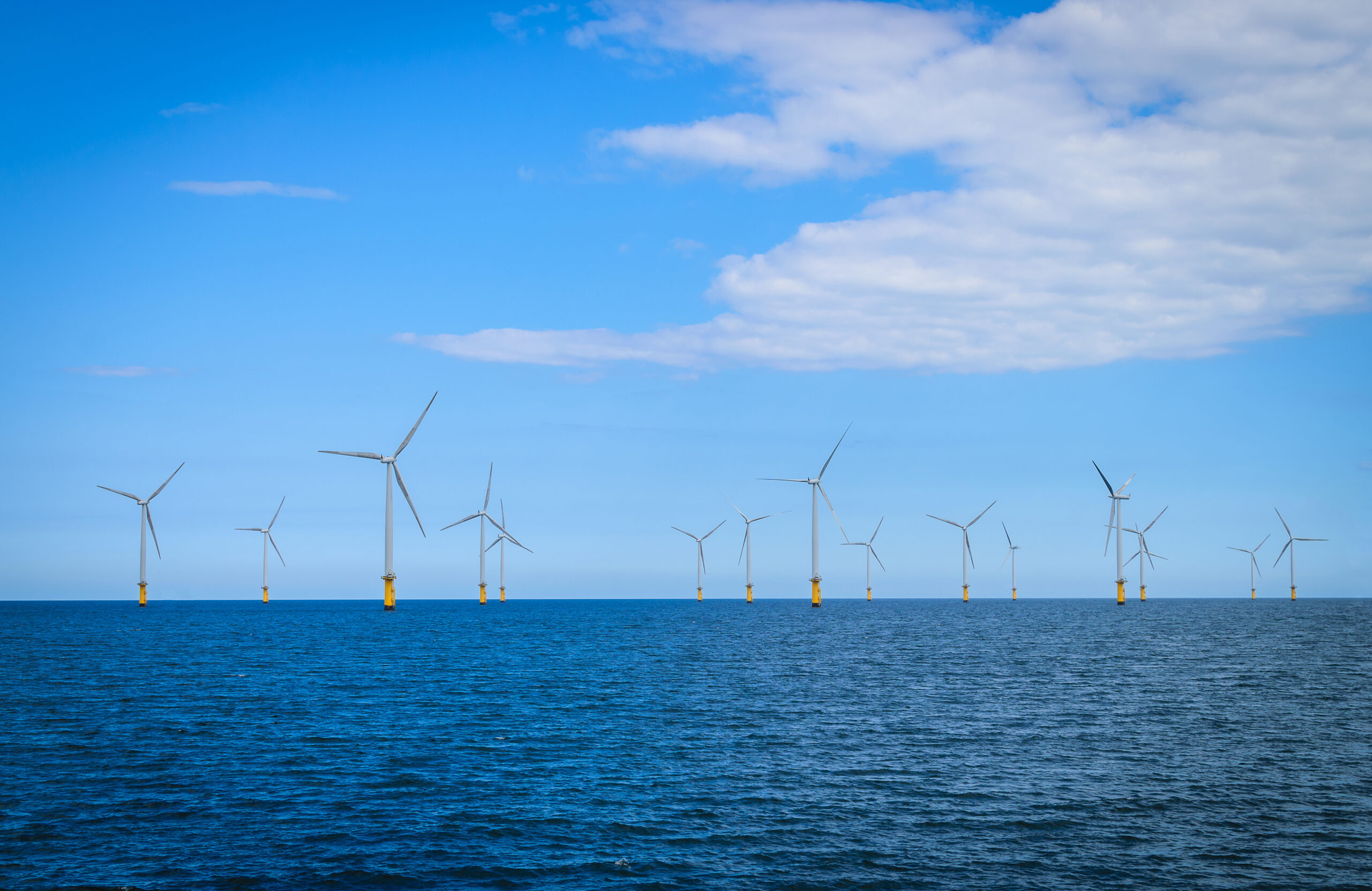The UK electricity sector: an intro
The UK’s electricity sector is made up of various elements, including power generators, suppliers, transmission companies and consumers. The market operates through a mix of different mechanisms, including wholesale trading, capacity markets, and feed-in tariffs.
The country’s electricity supply is predominantly made up of gas and coal-fired power stations, nuclear power plants, and renewable sources such as wind, solar, and hydroelectric power.
The market is regulated by various bodies, including the Office of Gas and Electricity Markets (Ofgem), which oversees the fair operation of the market and sets rules for participants to ensure that the system remains stable and reliable. The UK electricity market is undergoing significant changes as the country moves towards a low-carbon energy system, with a growing focus on renewable energy and flexible supply.
Suppliers vs. Generators: what’s the difference?
Generators are companies that produce electricity from various sources such as coal, natural gas, wind, solar, and nuclear power plants. They sell the electricity they generate to suppliers or directly to consumers.
Suppliers, on the other hand, are companies that purchase electricity from generators and sell it to end-users such as households, businesses, and other organisations. Many suppliers also generate their own electricity, but this is not a requirement to operate as a supplier in the UK market. Each company offers different tariffs and plans, which can include variable or fixed rates, renewable energy options, and discounts for direct debit payments, among other things.
The ‘Big Six’ are no more, new entrants disrupting the market and helping to decarbonise
Competition was introduced to the UK electricity market in the 1990s and since then an increasing number of companies have entered the market to generate and supply electricity. The ‘big six’ (British Gas, EDF, RWE npower, E.ON, Scottish Power and SSE) controlled 99% of the domestic supply market in 2008, but since then the term has largely been scrapped in line with reduced market share and a more diversified competitive landscape.
The new entrants that have emerged in the UK electricity market are increasingly focused on decarbonised, decentralised and innovative energy products and services, including renewable energy, smart home technology, electric vehicle tariffs and energy storage. They are acting as major disruptors in the UK energy space, attracting new consumers, driving change in the traditional suppliers and ultimately helping the UK to meet its ambitious decarbonisation targets.
Renewable energy is front and centre, but concerns about greenwashing rising
Increasing numbers of electricity suppliers offer ‘green’ tariffs, based on renewable energy-sourced electricity. This is being driven by rising consumer demand (eg: people like you who want to enhance their environmental sustainability), government schemes (eg: the Renewables Obligation – RO, which requires suppliers to source a percentage of their electricity from renewable sources or pay a penalty) and companies themselves who want to boost their ESG credentials.
The ‘green’ electricity for these tariffs can be sourced in three main ways
- directly from a company’s own renewable energy generating capacity
- by buying directly from independent renewable energy generators
- by purchasing certificates, known as REGOs.
REGO stands for Renewable Energy Guarantees of Origin and is a very important term to get to grips with when talking about green electricity supply. It is a certification scheme used in the UK to track and verify the source of renewable electricity.
REGOs are issued to renewable energy generators for every megawatt hour (MWh) of electricity they generate, providing evidence that the electricity was generated from a renewable source. Energy suppliers can purchase REGOs to demonstrate that they are sourcing a certain proportion of their electricity from renewable sources.
While that does sound good, there is growing concerns about the use of REGOs and suppliers ‘greenwashing’, as REGOs can be used to create the impression of renewable energy use without actually contributing to the development of new renewable energy projects.

In other words, some suppliers may purchase REGOs from existing renewable energy projects, without actually investing in or building any new renewable energy infrastructure themselves. This can be seen as a form of greenwashing, as it creates the impression that the energy supplier is providing renewable energy to its customers when in fact it is simply purchasing certificates to demonstrate its use of renewable energy.
While purchasing REGOs is not necessarily a bad thing, as it can still support existing renewable energy projects, it can become problematic when it is used to create a misleading impression of renewable energy use, and when it is used in place of actually investing in new renewable energy infrastructure.
To avoid greenwashing, it is important to look for energy suppliers that have a clear commitment to developing new renewable energy projects, as well as those that use REGOs.
Our comparegreen.com green rating can help with this! The rating takes many factors into consideration, for example, if a company is relying very heavily on REGOs, are they generating or investing in their own renewable energy capacity and are they offering any other carbon offsetting options.
Look at the compare green ratings for green energy suppliers.



